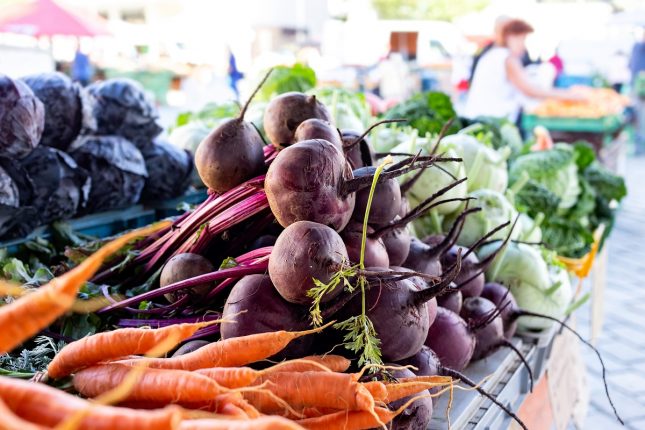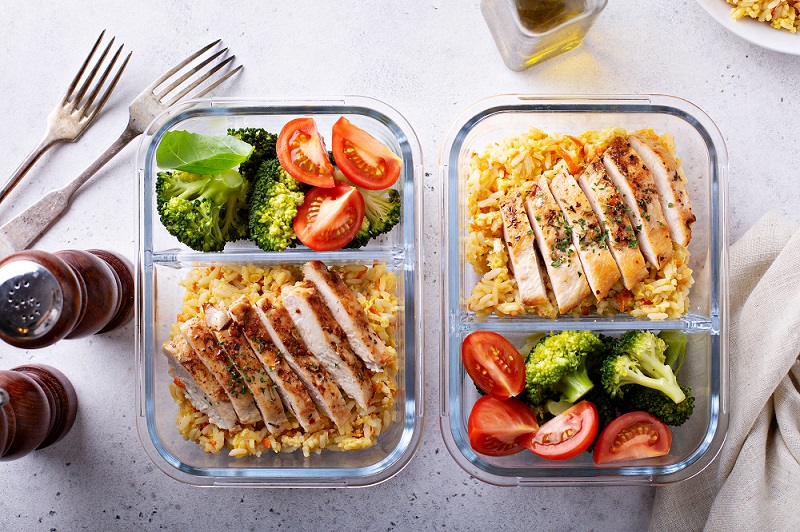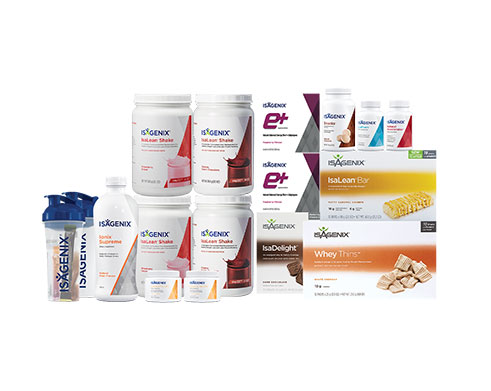Eating quality foods in the right quantities contributes to your overall health and well-being. It helps you meet your weight loss goals faster and strengthens your body so it can defend itself against disease.
Certain foods help slow down the aging process, revitalise cells, and essentially increase your body’s vibration. The end result is the best version of yourself inside and out due to what you’ve conscientiously chosen to put into your mouth and consume throughout the day.
The following suggestions help you eat healthier with little effort. You’ll subconsciously be making the decision to consume foods lower in calories with higher nutrient values. That way, you’re able to lose weight or maintain your current weight with very little effort.
Here are ten ways to eat healthier without even trying to.
Tip #1: Learn to love your local farmers market.
Outstanding discoveries await you at the farmers market. In fact, it’s a place where you can shop local, learn more about the people responsible for growing and raising the food you eat, and even try foods you’ve never seen or tasted before. Farmers markets exist in even the smallest cities and are among the best places to get fresh, in-season produce, honey, baked goods, and even dairy products.
Make it a point to shop the market at least once every two weeks for outstanding savings. Showing your support for local farmers gives them an incentive to continue doing what they do best. For a list of farmers markets throughout the country, visit http://www.farmersmarkets.org.nz/.
Tip #2: Make fresh vegetables the bulk of your plate.
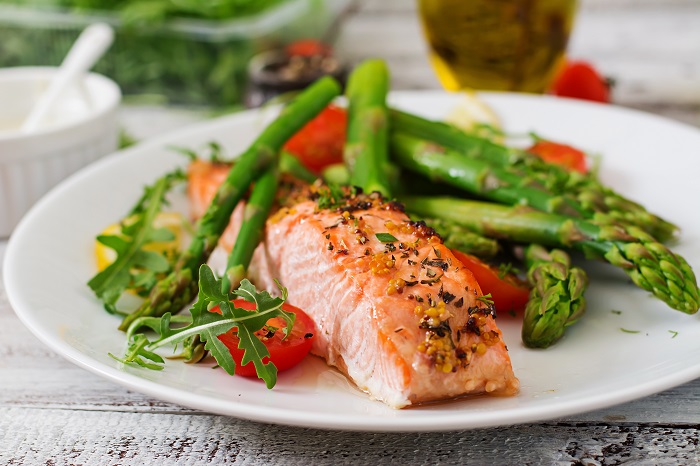
That’s why you’ll want to make fresh veggies the bulk of your plate according to Ministry of Health NZ. If you’re still hungry, add another serving. The nutrient-dense, low-calorie foods are full of vitamins, minerals, and fibre, exactly what you need to fill you up and help your digestive system work the way that it should.
Tip #3: Use a habit tracking app to help you stay motivated.
We live in the age of technology so we should use it to our advantage. Digital habit tracking via mobile app such as Habit Tracker, Coach.me, and HabitHub requires little effort and can be done from the convenience of your phone or tablet. It allows you to document the foods that you eat, the amount of water that you drink, and the movement that you make throughout the day.
That way, you have a visual account of your progress. You’ll be aware of the excess calories you’re consuming or how sedentary you’ve become with your new desk job. You’ll then be able to correct any imbalances that you’re faced with.
Tip #4: Choose food that doesn’t come in packaging.
If it comes from a plant that grows in the ground, it’s safe for consumption. If it comes from a manufacturing plant, however, consider how many additives and preservatives it contains to remain shelf-stable. Fresh fruit and vegetables are always best but frozen and then canned can be consumed if you have no other option.
Consider how much packaging you throw away. Then, make it your mission to shop for food that doesn’t come pre-packaged. Bring your own reusable produce bags, containers, and jars to the supermarket and fill them from the bulk bins instead.
Tip #5: Cut back on sugar.
According to Healthline, a 2012 study found that Americans consumed nearly 20 teaspoons of sugar per day. That statistic has likely gone up despite new awareness of the connection of sugar with obesity, type 2 diabetes, and heart disease. One of the easiest ways to stop eating sugar is to switch to natural sweeteners such as fruit.
You can flavour just about anything with a ripe apple or juicy slice of pineapple. Be selective with the fruit you choose to use for sweetening. Elect for in-season, ripe produce because it is at its peak freshness and sweetness.
Tip #6: Cook once, eat twice.
Get in the habit of making more food than you’ll eat. That way, you can put up the leftovers and have them for another meal. When preparing vegetables and grains, consider cooking enough for lunches and dinners for the days you don’t feel like spending time in the kitchen.
You’ll have greater control over your pantry, refrigerator, and waistline. It’s less effort to cook larger portions than it is to cook small meals consistently throughout the week. If you make it a point to prepare base items such as quinoa, chickpeas, and greens, you can experiment with ways to spruce them up using fresh dressings, spices, and herbs.
Tip #7: Spice things up.
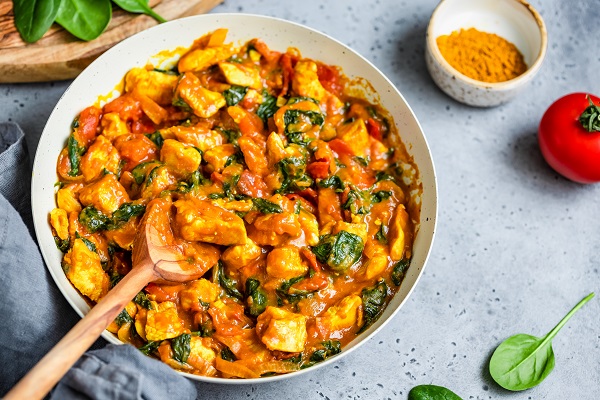
If you’re not sure which ones to start with, try Himalayan pink rock salt, whole black peppercorns, turmeric, ginger, garlic salt, lemon pepper, parsley, basil, thyme, cilantro, and oregano. If you keep these herbs and spices on hand, you’ll always have a way to jazz up your meals and test out new flavour combinations.
Tip #8: Experiment with new cooking methods.
It’s not enough to boil and fry. You’ll want to learn how to sauté, grill, broil, bake, and steam, too. That way, your food tastes different.
Learning a few simple cooking methods helps put the fresh ingredients to good use. The likelihood of you wasting the produces lessens. The New York Times website offers insight on how to cook whatever it is you’re craving.
Tip #9: Use a slow cooker to make meals more convenient.
You can put your meal in it before leaving for work and come home to something hot and delicious after a long day of slaying task lists. There’s no better feeling in the world than knowing that dinner is already made. All you’ll need to do is pull out some plates or bowls and enjoy.
Healthy slow cooker recipes are the norm. They typically involve soups and stews as well as other plant-based casseroles or lean types of meat. You can even whip up healthy snacks and desserts in a slow cooker such as homemade apple sauce or sweet potatoes with cinnamon and pecans.
Tip #10: Meal prep for the week ahead so you have better lunch and snack options.
Take the time to prepare your meals for the week in advance. You’ll never be without healthy food options. When cooking for yourself, consider how much of one type of food you can stand to eat in a week.
Then, cook bulk portions as mentioned in the section titled “Cook once, eat twice.” You can use beans and rice to create burritos, a satisfying vegetable pilaf, refried beans for tacos, and more. Experiment with a few base ingredients to see how many new meals you can create out of them for best results.
Ditch the Processed Food and Start Experimenting in the Kitchen
Now that you’ve gotten acquainted with ways to eat healthier, you’ll do so without thinking about it. You’ll choose the best quality produce from the grocery store or farmers market. Processed food won’t be the bulk of what’s in your shopping cart.
You’ll realise that consuming nothing but ‘convenience food’ inconveniences you by making you incredibly unhealthy.

